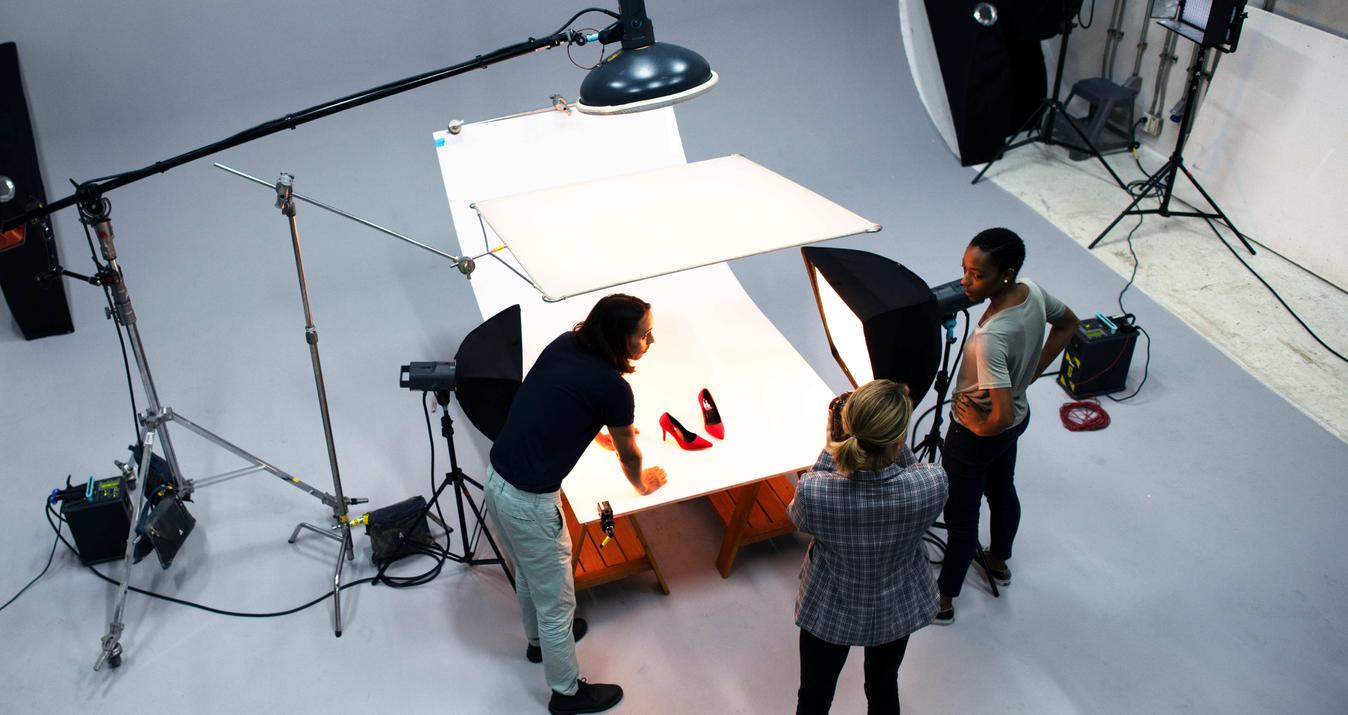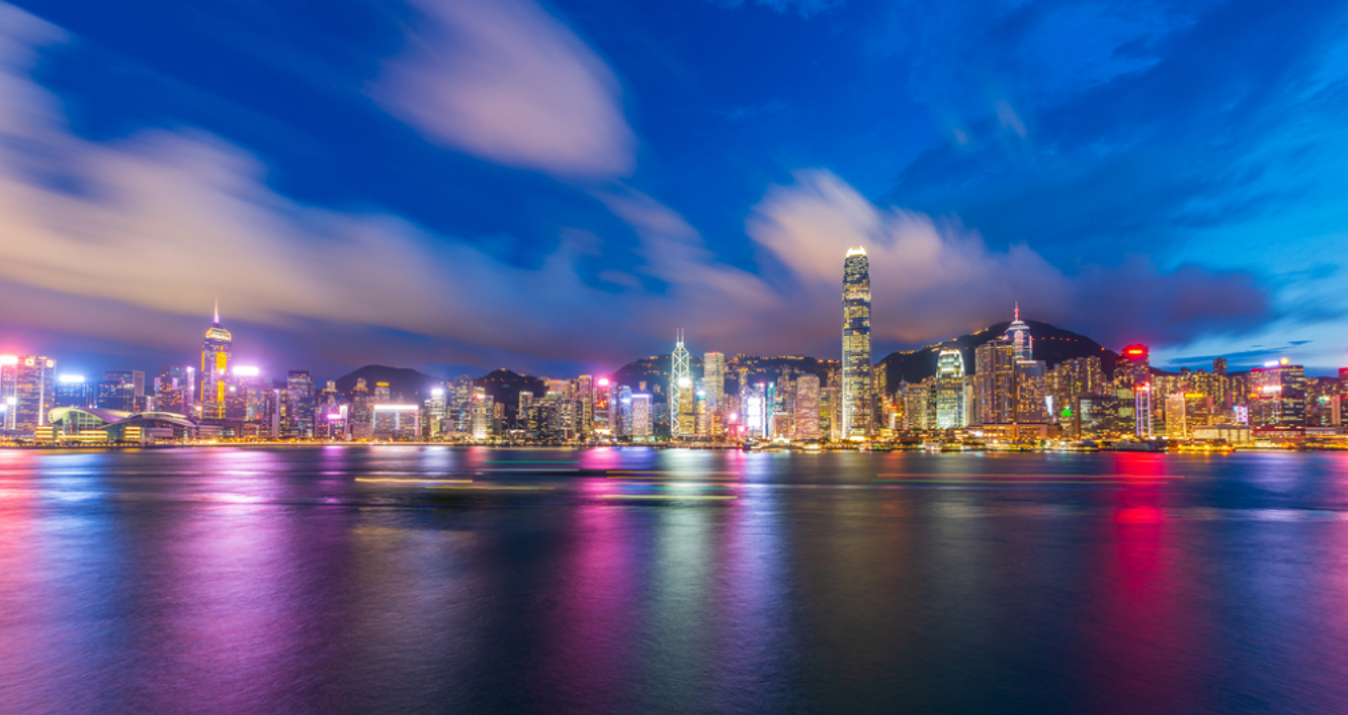Why Luminar Is Essential For Landscape Photographers
November 10, 2025

Discover why Luminar is essential for landscape photographers. Preserve natural skies, vibrant colors, and crisp details with smart, precise AI tools.
Landscapes require editing that preserves realistic skies, clean greens, and crisp details. Luminar offers a calm, repeatable path for this work. AI assistants simplify tedious steps, and masks ensure precision in your changes. If you need a tool that respects the scene while working efficiently with a large batch of files, Luminar is the best landscape photo editor you can rely on.
Luminar’s Core Workflow for Landscapes
 The process is straightforward: import, create a clean base, shape the light, and then refine the edges. Start with tone and color to place the scene in a natural range. Add local adjustments with brushes, linear/radial gradients, and subject/sky selections to keep mountains sharp and haze where it belongs.
The process is straightforward: import, create a clean base, shape the light, and then refine the edges. Start with tone and color to place the scene in a natural range. Add local adjustments with brushes, linear/radial gradients, and subject/sky selections to keep mountains sharp and haze where it belongs.
When the sky lets you down, a dedicated module like sky replacement software pairs a new sky with horizon blending and color matching, keeping reflections believable. Finish with a halo check, subtle clarity on foreground textures, and a tidy export recipe for web and print.
Capture the World in Stunning Detail with an AI-Powered Photo Editor
Try Now!Light, Color, and Detail
 Great landscapes start with balance. Set exposure so whites stay clean and shadows keep texture. For framing choices that keep the scene readable, skim landscape composition early, then fix color cast and nudge contrast to guide the eye from foreground to sky. In Luminar, the color tools make greens and blues feel natural without plastic saturation.
Great landscapes start with balance. Set exposure so whites stay clean and shadows keep texture. For framing choices that keep the scene readable, skim landscape composition early, then fix color cast and nudge contrast to guide the eye from foreground to sky. In Luminar, the color tools make greens and blues feel natural without plastic saturation.
Add micro-contrast on rocks, hold back on water and clouds, and check edges for halos before you move on. With a few saved looks, you can move through large folders quickly using the best landscape photo editing software approach: base correction first, local polish second.
Weather Magic: From Flat Skies to Drama
 Weather changes the story. Luminar helps you bring shape out of bland light with gentle tone mapping and selective contrast. Lift midtones in the land, keep highlights in check, and add a touch of local clarity where the eye should land. On wet days, embrace the mood rather than fighting it—deeper blacks, softer highlights, and cleaner color in the greens.
Weather changes the story. Luminar helps you bring shape out of bland light with gentle tone mapping and selective contrast. Lift midtones in the land, keep highlights in check, and add a touch of local clarity where the eye should land. On wet days, embrace the mood rather than fighting it—deeper blacks, softer highlights, and cleaner color in the greens.
For field ideas on handling showers and mist, see rainy landscape photography. When you do swap a sky, keep it subtle and match the warmth, so the scene feels like one moment, not a collage.
Quick Wins You’ll Use on Every Shoot
Before touching sliders, set a simple goal: true color, clean edges, and a readable path from foreground to sky. Then run these quick actions—they’re small, repeatable, and save time across a whole folder.
Fix white balance first and push tint only until whites feel neutral. Protect highlights, lift shadows just enough to show texture, and nudge midtones to guide the eye toward your subject. Check edges for halos around trees, ridgelines, or buildings. Clean small distractions, but keep natural debris that tells the story.
Add clarity on rocks and ground; keep water and clouds soft. If a frame needs more room for a better crop or panorama stitch, extend edges with AI Photo Extender and keep moving.
Close with a fast review: compare your edit next to the RAW at phone size and full screen. If it still feels like the scene you saw, you’re ready to export.
Resolution, Sharpness, and Scale
 Big prints and 4K screens expose weak sharpening. Work locally: add micro-contrast to foreground textures and apply a light, selective sharpening to mid-distance features; avoid boosting noise in the sky. For tight crops or large displays, upscale the finished file with 4k AI upscaling, then sharpen gently once more, so edges stay clean.
Big prints and 4K screens expose weak sharpening. Work locally: add micro-contrast to foreground textures and apply a light, selective sharpening to mid-distance features; avoid boosting noise in the sky. For tight crops or large displays, upscale the finished file with 4k AI upscaling, then sharpen gently once more, so edges stay clean.
Export sRGB JPEGs for web galleries and a high-quality version for print; maintain a consistent naming convention that clearly marks size and intent (WEB, 4K, PRINT) to ensure deliveries remain organised.
Master the Art of Photo Clarity with AI-powered Sharpen Tool
Explore in Luminar Neo!Creative Control Without Artifacts
 Subtle edits beat heavy-handed ones. Start with a clean base, then guide attention with local masks—linear for horizons, radial for sun breaks, and a soft brush for rock texture or tree trunks. Keep skies smooth by limiting global clarity; add micro-contrast only where the eye should land.
Subtle edits beat heavy-handed ones. Start with a clean base, then guide attention with local masks—linear for horizons, radial for sun breaks, and a soft brush for rock texture or tree trunks. Keep skies smooth by limiting global clarity; add micro-contrast only where the eye should land.
Color stays believable when blues don’t clip, and greens hold detail in bright grass. This restraint is why Luminar feels like the best photo editor for landscape photography when you want, without halos or crunch.
Field to Desktop: A Simple Repeatable Flow
 Shoot with intent, edit with a plan. Cull quickly, pick one base, look for the set, sync it to similar frames, then hand-tune a few outliers. Organise by light type (golden hour, overcast, blue hour) so colors stay consistent. When the base is locked, make small local fixes—lift a ridge line, calm a bright path, tidy a stray sign. Keep short notes (time, lens, light) to choose the right starting preset next time.
Shoot with intent, edit with a plan. Cull quickly, pick one base, look for the set, sync it to similar frames, then hand-tune a few outliers. Organise by light type (golden hour, overcast, blue hour) so colors stay consistent. When the base is locked, make small local fixes—lift a ridge line, calm a bright path, tidy a stray sign. Keep short notes (time, lens, light) to choose the right starting preset next time.
Power Moves for Tricky Files
 Backlit hills and bright skies? Start by protecting highlights, then lift land with a gentle shadow pass so texture returns without gray haze. For misty mornings, add modest dehaze only where needed and protect tree edges with a soft mask. Stitched panoramas often need clean horizons—straighten first, then correct perspective, so lines meet naturally.
Backlit hills and bright skies? Start by protecting highlights, then lift land with a gentle shadow pass so texture returns without gray haze. For misty mornings, add modest dehaze only where needed and protect tree edges with a soft mask. Stitched panoramas often need clean horizons—straighten first, then correct perspective, so lines meet naturally.
If framing feels tight, extend the edges before cropping again so you have room for print-safe borders. In mixed lighting, warm the subject slightly and cool the distant sky or water; small temperature splits maintain depth without banding. Work in passes, and stop when the scene reads like the place you remember.
Sharpen, Export, Deliver
 Do sharpening last, and keep it selective. Add crispness where the viewer expects detail—eyes on a person, textured rock in the foreground, lettering or edges that guide the scene. Leave smooth water and open sky alone, so noise doesn’t creep in.
Do sharpening last, and keep it selective. Add crispness where the viewer expects detail—eyes on a person, textured rock in the foreground, lettering or edges that guide the scene. Leave smooth water and open sky alone, so noise doesn’t creep in.
When the image looks balanced at 100%, export two versions: one for web (sRGB, moderate size) and one for print (larger, high quality). Use a clear file-naming pattern to keep deliveries organized and easy to find later.
Your AI-Powered Photo Editor for MacOS and Windows
Discover Now!A Calmer Way to Master the Scene
 Landscape edits don’t have to feel slow or heavy. With a clear order—based corrections first, careful local work second—you get clean color, shaped light, and detail that holds up on big screens and in print. Luminar makes that routine quick to run and easy to repeat, whether you’re processing a single hero shot or a full day’s hike. Try it on your last trip’s RAWs and keep the choices small: one scene, one base look, a few precise masks, done.
Landscape edits don’t have to feel slow or heavy. With a clear order—based corrections first, careful local work second—you get clean color, shaped light, and detail that holds up on big screens and in print. Luminar makes that routine quick to run and easy to repeat, whether you’re processing a single hero shot or a full day’s hike. Try it on your last trip’s RAWs and keep the choices small: one scene, one base look, a few precise masks, done.
FAQ
Can I mix Luminar with other editors?
Yes. Do base and local work in Luminar, then round-trip for specialty tasks if needed. Maintain a single master export recipe to ensure consistency across tools.
How do I keep greens and blues natural?
Fix white balance first. Reduce cast, nudge saturation gently, and add a touch of local contrast in land detail. Avoid global clarity on water and sky.
Will AI tools make my landscapes look fake?
Use light passes. Start with a clean global balance, then apply small local tweaks. Keep skies smooth, protect edges, and stop when the scene feels like what you saw.
Does Luminar work with RAW files from my camera?
Yes. Import RAWs, keep edits non-destructive, and export when ready. You can copy a base look to similar shots and fine-tune a few frames by hand.







